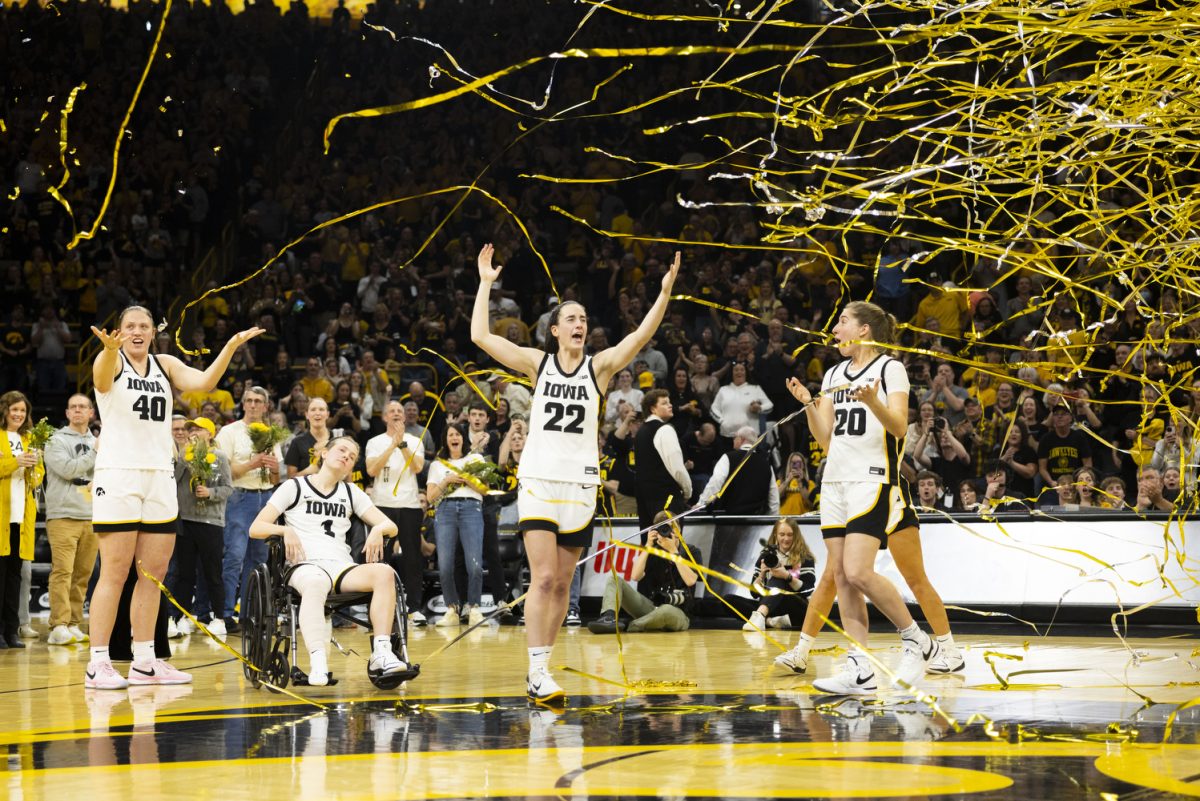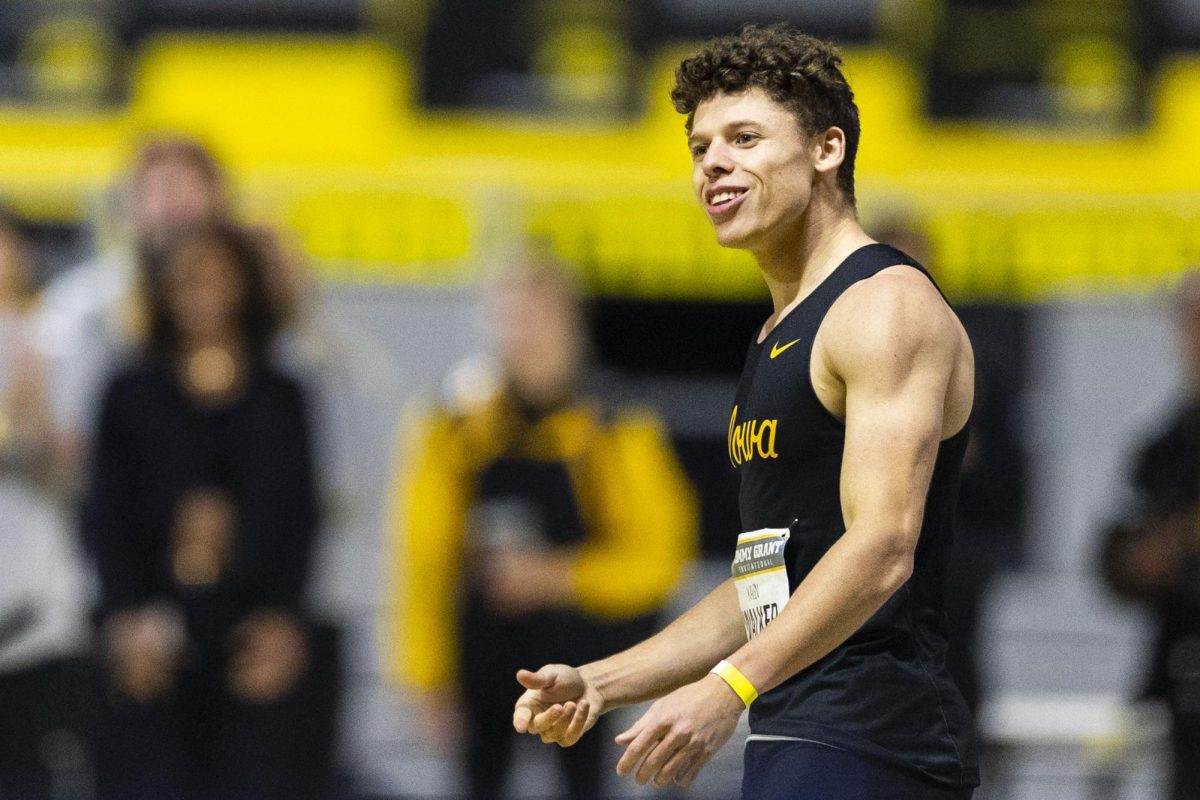Five places were represented on Tuesday in the Field House with judo lessons in full force. Members of the group came from Iran, Turkistan, Lebanon, South Korea, and the United States.
With such a variety of ethnicities, learning a foreign sport could pose difficulty understanding each other, but because all judo practitioners use Japanese, everyone knows the terms being used.
"Judo is more multicultural," instructor Joe Schuette said. "When you go elsewhere, not everyone knows English, but there’s no issue at all because we all know at least 10 of the same words."
Judo is an Olympic sport known for throws and ground submission techniques. It also develops strength, coordination, and endurance.
Partnering up with people their own size, members of the class moved across the mats warming up by practicing escapes and takedowns.
The class practiced moves such as "yoko-tomoe-nage."
This technique is used when two opponents are face-to-face. The throwers fall to their backs, raising their opponents off the ground by placing a foot on the opponents’ stomachs. The throwers finish the throw by kicking their opponents over onto their backs.
"A lot of the martial arts practice through a discipline," co-instructor Jason Weirather said. "Here, there is a discipline involved, but it is through playing the game that we can develop the skill together."
The throwing looks like it might be painful, but the mats used are specifically made for judo. Weirather said tires are sprung underneath the mats. The tires make the fall easier because it adds a little bounce.
"You need to learn to fall in judo," black belt Paul Bly said. "It teaches you to tuck it in, relax, and fall properly."
Along with the array of places represented, a variety of skill levels was also present. Working with people from other skill levels, members of the class learned from everyone instead of just Schuette. While learning from their classmates, members still practiced their techniques.
Working in the gym Tuesday were white belts, which indicate that the judoka, or judo competitor, is a beginner. More intermediate levels of skill were signified by orange and brown belts, and then there were the experts who were wearing black belts.
White-belt David Sheets practiced takedowns with Bly. All the while, Bly instructed Sheets on where to hold and when to do certain moves. Even after being taken down, Sheets was still in good enough spirits to joke around.
"I’m not as interesting as the colored belts," Sheets said. "They mostly just use me as a dummy."
The work put in at the gym isn’t only for fun and working out though, most of the participants are preparing to take their technique beyond the walls of the Field House.
"We like to practice for competition," Bly said. "We are competing at the Iowa Games in July."
Not all participants compete, but when they do, they represent Judo America-Iowa City. Sheets has never competed before and is nervous about how he might perform, but he said he’s hopeful that he’ll succeed in the competition.
"I just hope I can actually beat people," he said.
The group members have around two weeks left to perfect their moves — they take to the mats in competition on July 14.
"Our practice is basically at competition speed, not competition intensity," Schuette said. "The thing about judo is that we don’t have as much crazy [moves] as a lot of martial arts, but all of techniques can be done at full speed. Because of that, we can do live sparing with everything involved."






